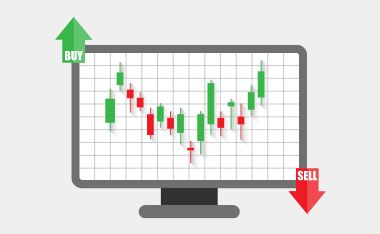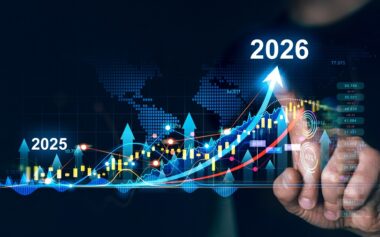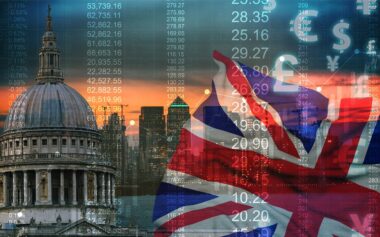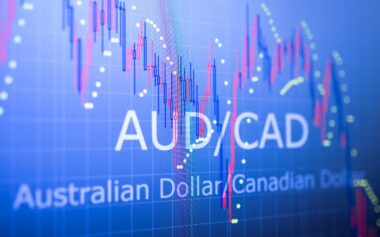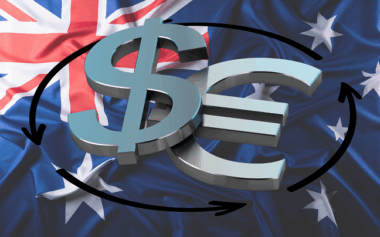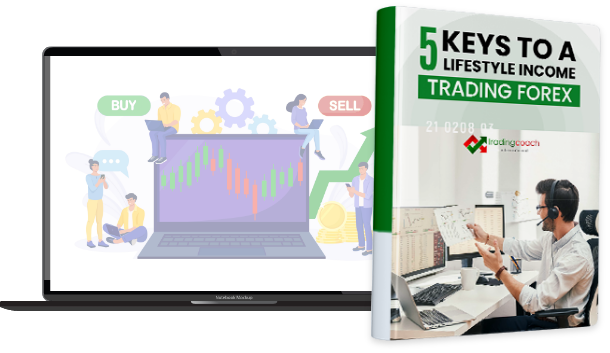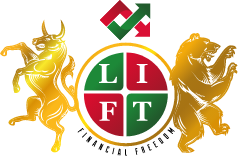Understanding The Jackson Hole Economic Symposium

The Jackson Hole Economic Symposium, held annually in Jackson Hole, Wyoming, is one of the most influential events in global economics.
This gathering attracts central bankers, policymakers, economists, and financial market participants from around the world.
Over the years, the symposium has become a critical forum for discussing global economic issues, making it a focal point for anyone interested in understanding market dynamics, particularly in the foreign exchange (forex) market.
History of the Jackson Hole Economic Symposium
The Jackson Hole Economic Symposium was first organised in 1978 by the Federal Reserve Bank of Kansas City.
Originally, the event was aimed at discussing agricultural economics, reflecting the economic interests of the Kansas City region.
However, in 1982, the focus shifted to broader monetary policy issues, and since then, it has gained significant international prominence.
The decision to shift the focus of the symposium to monetary policy was partly due to the involvement of then-Fed Chairman Paul Volcker.
His attendance marked the beginning of a tradition where the Fed Chair would participate and often deliver key speeches.
The symposium has since been a platform for central bankers and economists to present research, share insights, and discuss the challenges facing the global economy.
Who Attends the Jackson Hole Economic Symposium?
The Jackson Hole Symposium is an exclusive event, with invitations extended to a select group of participants. Attendees typically include:
- Central Bankers: The symposium is known for attracting central bankers from major economies, including the U.S. Federal Reserve, the European Central Bank, the Bank of England, and the Bank of Japan. The presence of these key players adds to the event’s significance, as their discussions and speeches often hint at future monetary policy directions.
- Policymakers: Alongside central bankers, high-ranking government officials, finance ministers, and other policymakers also attend. Their participation ensures that the discussions at Jackson Hole are grounded in the realities of government policy and its impact on the economy.
- Economists and Academics: Leading economists and academics are invited to present papers and engage in discussions. Their research and insights often provide a theoretical foundation for the policy debates that occur during the symposium.
- Market Participants: While the event is primarily a policy and academic forum, it also attracts market participants, including representatives from major financial institutions. These attendees are keen to gain insights into potential shifts in economic policy that could affect global markets.
What Happens at the Jackson Hole Economic Symposium?
The Jackson Hole Symposium typically lasts for three days, during which a series of presentations, speeches, and panel discussions take place.
The event’s agenda is usually centred around a specific theme, which varies each year. Some of the past themes have included “Challenges for Monetary Policy,” “Global Disinflation,” and “Designing Resilient Monetary Policy Frameworks for the Future.”
The Theme of the 2024 Symposium, taking place from the 22nd of August to the 24th of August is “Reassessing the Effectiveness and Transmission of Monetary Policy”.
Key components of the symposium include:
- Opening Speech: The symposium often begins with an opening speech by a prominent figure, usually a central banker. This speech sets the tone for the discussions and is closely watched by market participants. In many cases, the Fed Chair’s speech at Jackson Hole has provided significant insights into the future direction of U.S. monetary policy.
- Presentations and Papers: Throughout the event, economists and academics present research papers on various topics related to the symposium’s theme. These presentations are followed by discussions and debates among the participants. The research presented at Jackson Hole is often cutting-edge, offering new perspectives on global economic issues.
- Panel Discussions: Panel discussions feature a mix of central bankers, policymakers, and academics. These discussions provide a forum for debating the implications of the research presented and exploring the challenges facing the global economy.
- Q&A Sessions: Attendees often have the opportunity to engage directly with the speakers through Q&A sessions. These interactions can offer additional insights into the thinking of key policymakers.
- Networking: While the formal agenda is a significant part of the symposium, the event also provides ample opportunities for informal networking. Participants use these opportunities to exchange ideas and build relationships that can influence future policy decisions.
How the Forex Market is Affected by The Jackson Hole Symposium
The Jackson Hole Economic Symposium is considered a critical event for forex traders, as it often leads to significant market movements both during and after the event.
Here’s how the forex market is affected:
1. Market Anticipation: In the weeks leading up to the symposium, the forex market often becomes more volatile as traders speculate on what might be discussed and announced. Market participants pay close attention to the agenda and any leaks or hints about the content of key speeches, particularly from the Fed Chair.
2. Immediate Reactions: During the symposium, the forex market can experience sharp movements in response to speeches and presentations. For example, if the Fed Chair hints at an interest rate hike, the U.S. dollar might strengthen as traders anticipate tighter monetary policy. Conversely, dovish comments could lead to a weaker dollar.
3. Long-term Impact: The long-term impact on the forex market depends on the policy signals sent during the symposium. If central bankers suggest significant changes in monetary policy, such as altering interest rates or adjusting quantitative easing programs, these signals can lead to sustained trends in currency pairs.
For instance, after the 2014 symposium, where Fed Chair Janet Yellen discussed the potential for future rate hikes, the U.S. dollar began a long-term uptrend against other major currencies. Similarly, comments on global economic risks or inflation can influence forex markets by shifting traders’ expectations about future monetary policy.
4. Influence on Other Markets: The Jackson Hole Symposium’s influence extends beyond the forex market. Equity and bond markets also react to the discussions, which can create a ripple effect across asset classes. As forex traders often look to other markets for cues, movements in stocks and bonds during the symposium can further influence currency pairs.
5. Speculation and Sentiment: Even after the symposium concludes, the forex market continues to be affected by the sentiment generated during the event. Traders and analysts spend days or even weeks dissecting the speeches and presentations, which can lead to prolonged market movements as new interpretations and insights emerge.
The Final Word on Understanding the Jackson Hole Economic Symposium
The Jackson Hole Economic Symposium is a vital event in the global economic calendar, with far-reaching implications for markets, particularly the forex market.
Its history, the calibre of its attendees, and the significance of the discussions that take place make it a key focus for traders and investors alike.
The forex market, in particular, is highly sensitive to the signals sent during the symposium, with potential for both short-term volatility and long-term trends.
For those involved in trading or investing, understanding the outcomes of Jackson Hole can provide valuable insights into future market movements.
Disclaimer
The information in this article is intended to be general information in nature and is NOT general financial product advice, nor personal financial product advice.
It does not take into account your objectives, financial situation or needs.
Past performance is not necessarily indicative of future performance.
Any results on our website, including this page, are illustrative of concepts only and should not be considered average results, or promises for actual or future performance.
The Trading Coach International does not operate under an Australian Financial Services Licence (AFSL), as the services we provide do not require one.
Speak with your registered financial advisor before making any financial decisions.


